Sometimes Lake Superior feels like an inland sea, and sometimes, just a lake. In this muddy campsite, hemmed in tight by pines, maples, and birches, it felt like the northern Wisconsin lakes that Sophie and I had canoed when we were growing up. Superior is usually separated from the forest by yards of stones or sand, but today a thin, pebbly beach only a few feet wide separated our little clearing from the roiling lake. Paddling along the shore, we had seen a narrow gap in the trees and suspected it might be a pathway to a campsite. Beneath the tangle of undergrowth, clayey ground had turned soupy with mud. We found a little cleared patch in the woods with a stone fire ring and a few stumps for sitting. A short pathway led from the clearing down to the water. Sophie stretched out her back after the first day we had spent padding from breakfast until dinner. We bunked down here on a tiny spit of wooded land near the Brule River in Wisconsin. There was a rest area just through the trees, and we could hear cars occasionally whizzing by on the county road. This little beach’s wealth of firewood would have made a fantastic bonfire, but we intended to keep our presence under the radar.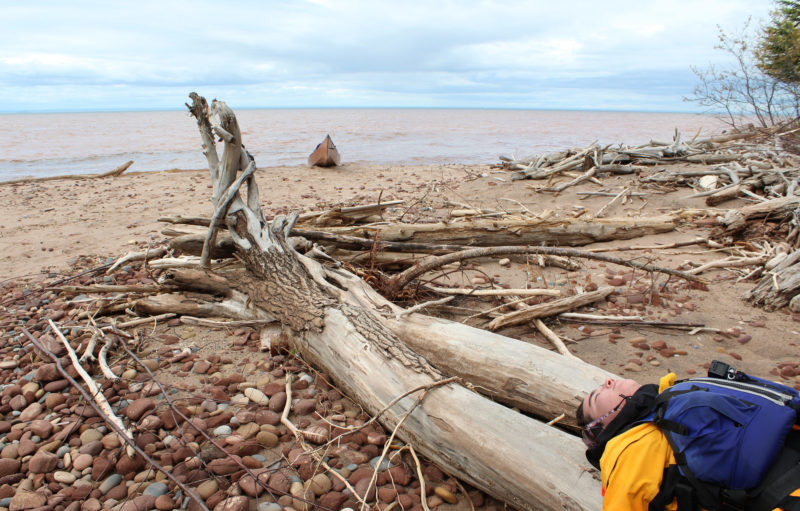 photographs by Uma Blanchard and Sophie Goeks
photographs by Uma Blanchard and Sophie Goeks
Join The Conversation
We welcome your comments about this article. If you’d like to include a photo or a video with your comment, please email the file or link.
Comments (7)
Leave a Reply
Stay On Course

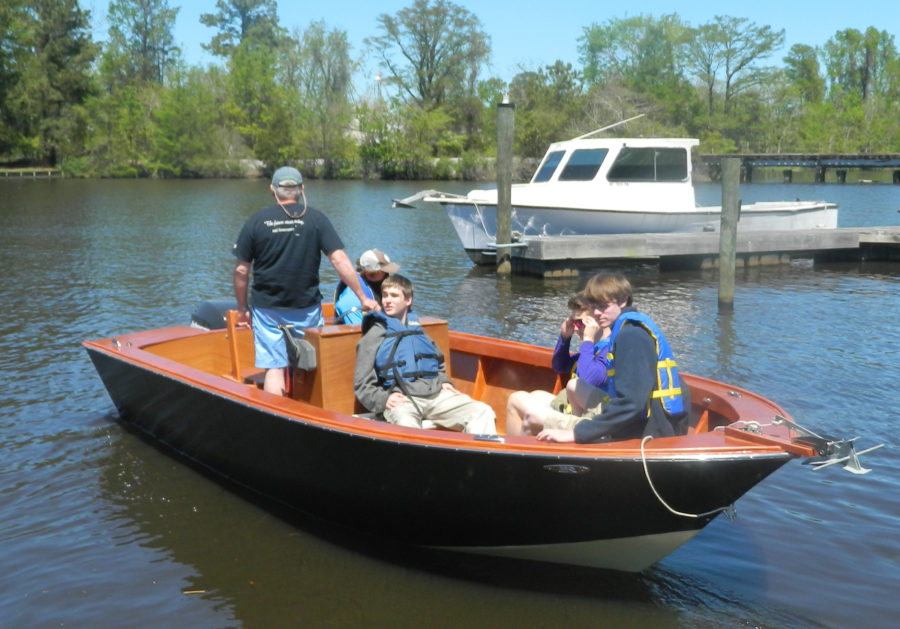


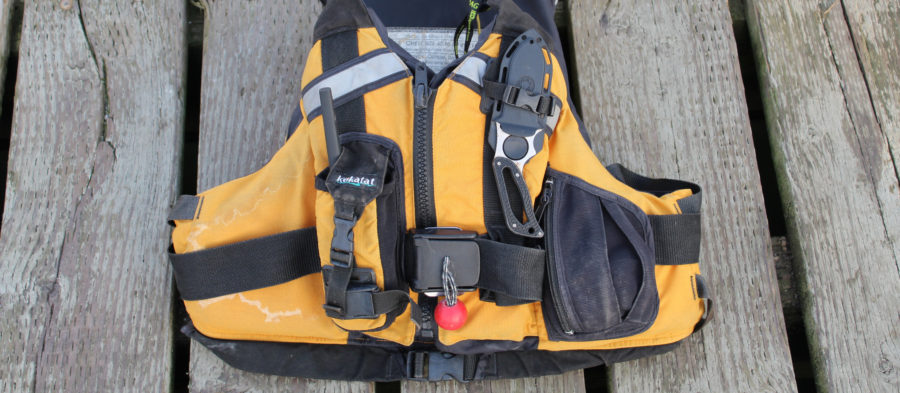


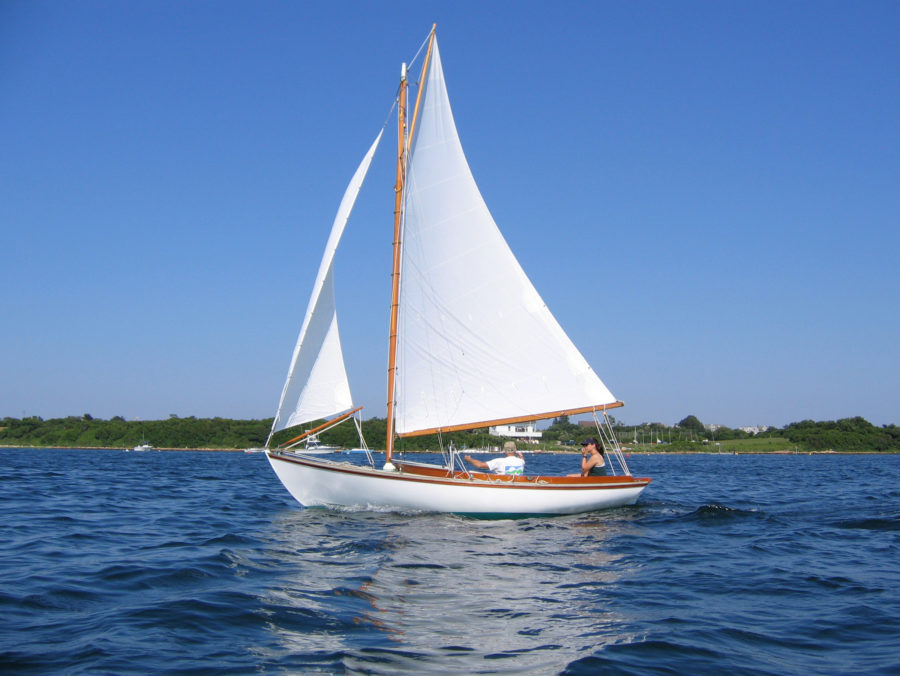



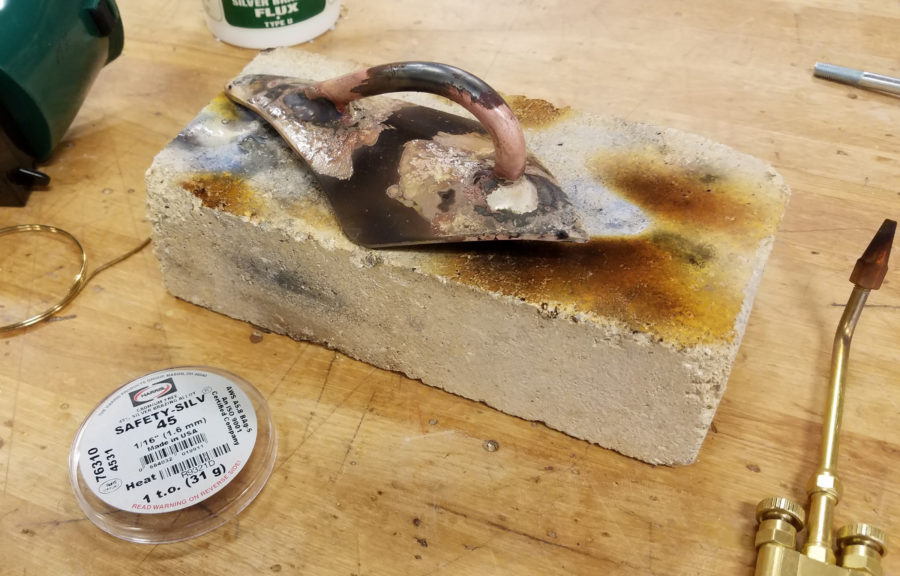
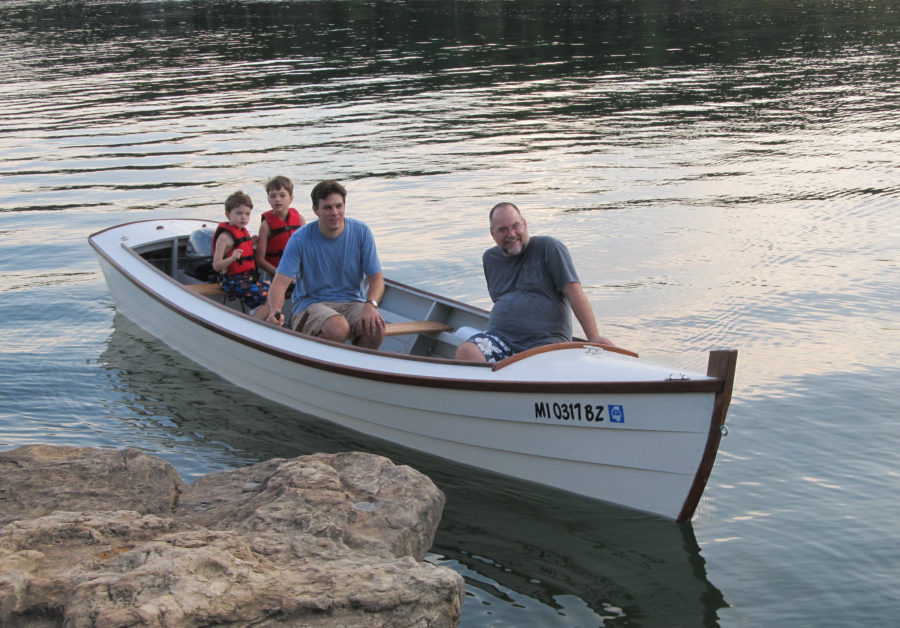
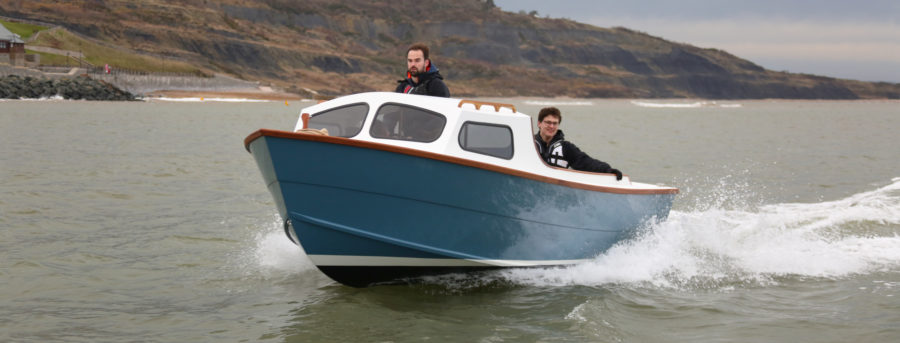
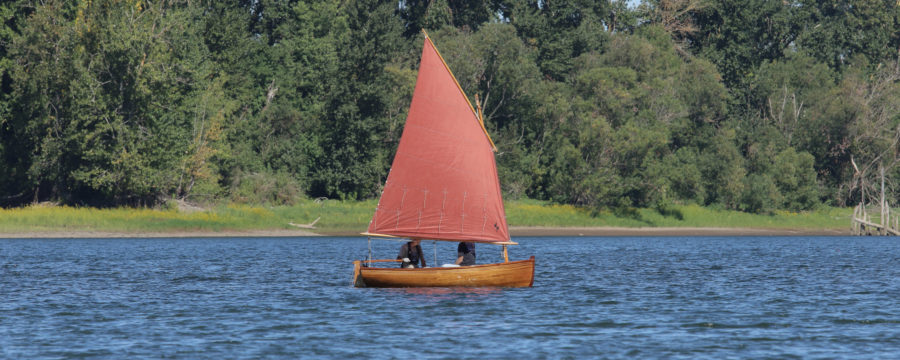
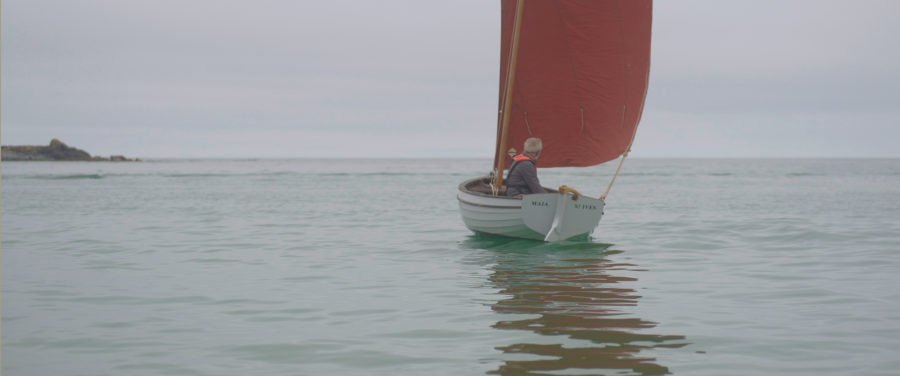
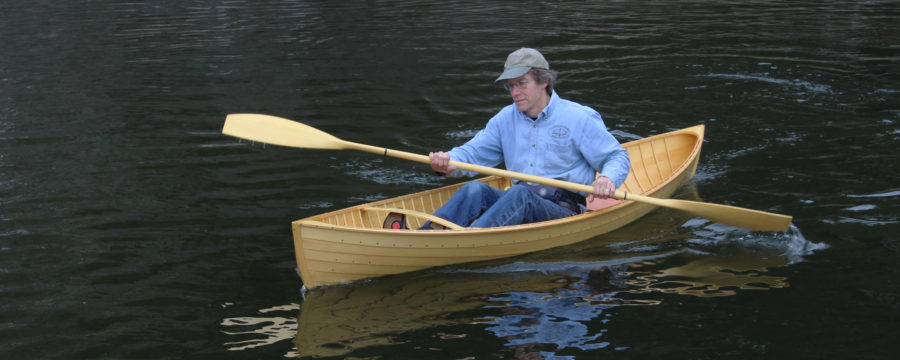
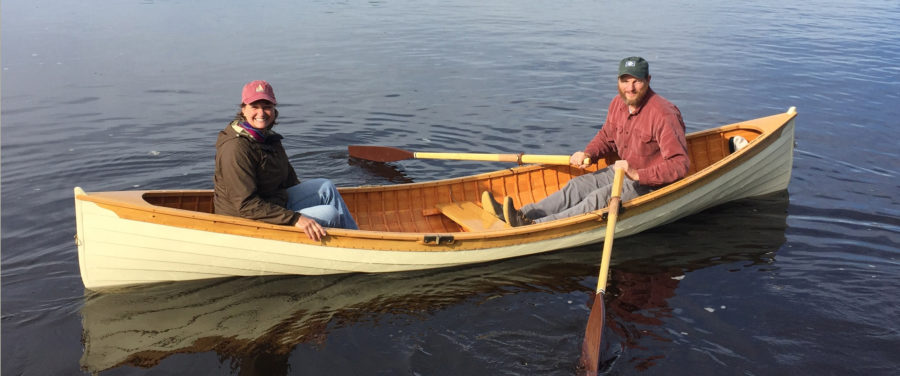
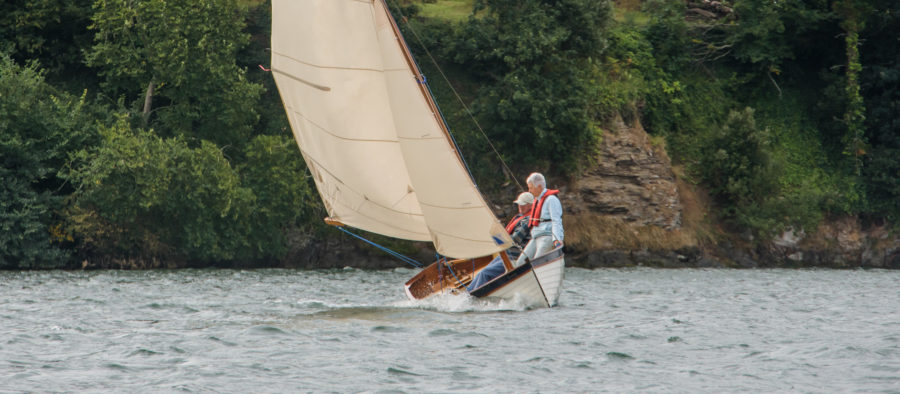


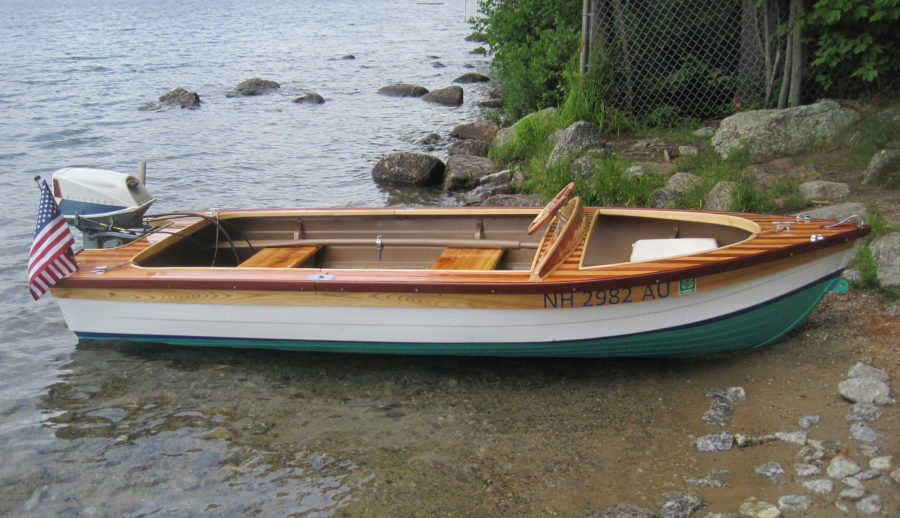
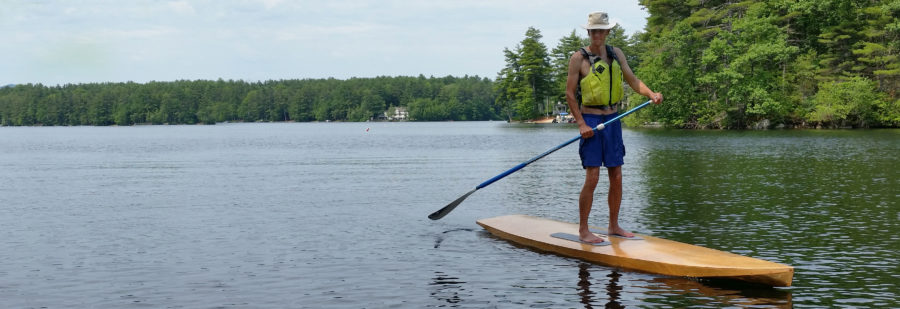
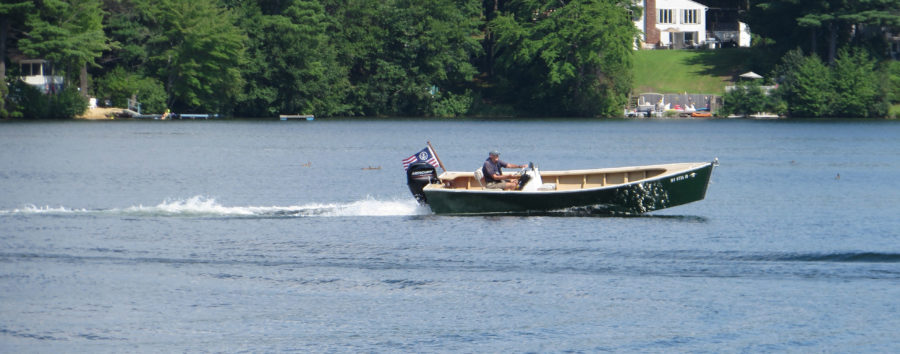
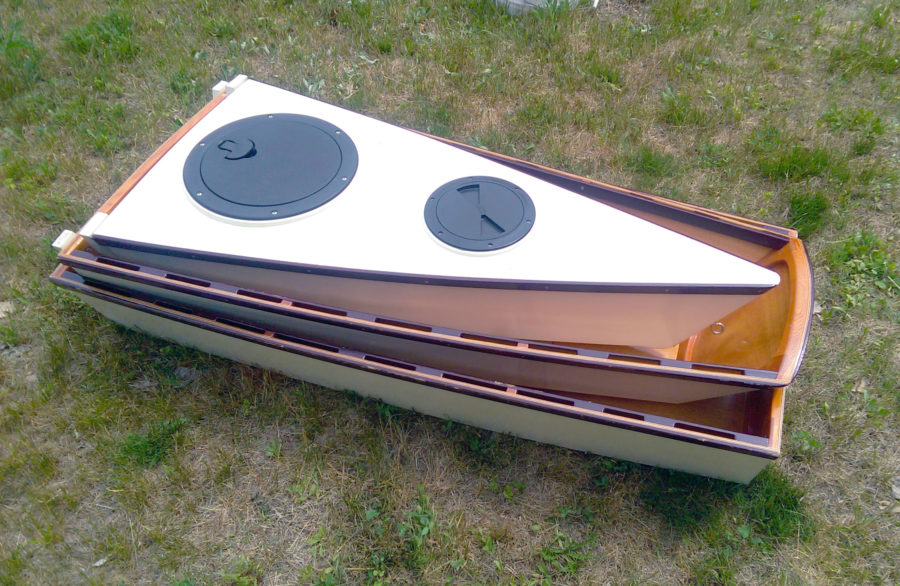
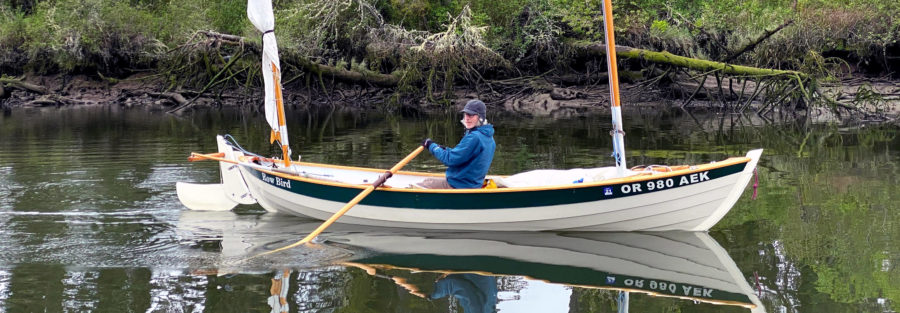
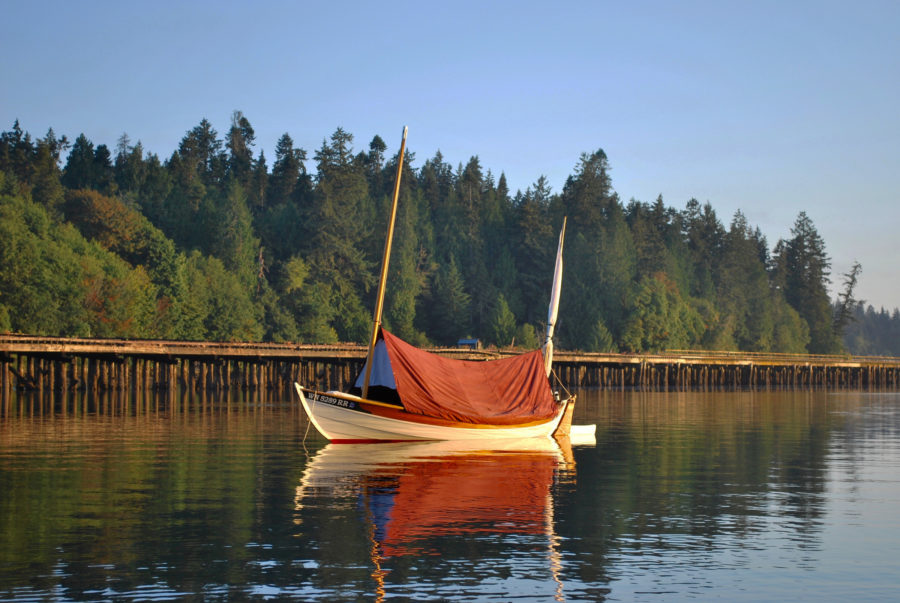

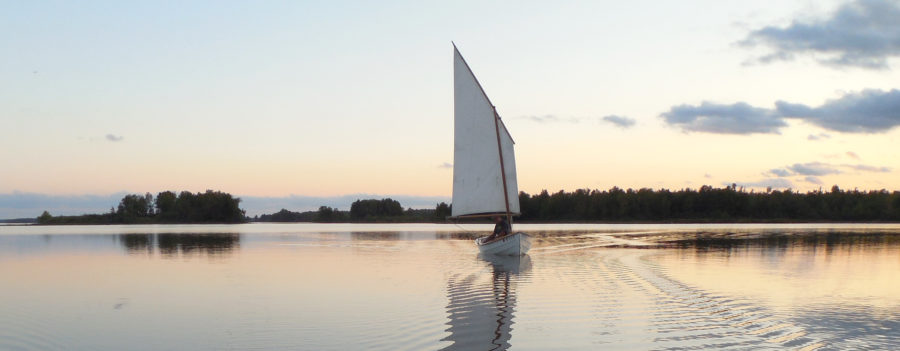
A cure for stinky pits: merino-wool underwear, at least under a dry suit. Don’t think it would do any good with a wetsuit though. REI has it.
May I suggest you set your sights on a Puget Sound paddle (San Juan Islands), or better yet, the west coast of Vancouver Island, where the beaches are truly wild, and the bears are shy. You can contact people at several kayak clubs, my own being WAKE, Whatcom County Kayak Enthusiasts
Beautiful article!! Great writing and a great trip. Thank you so much for sharing with us! I am so envious. I really want to do a similar trip in my Ironblood beach cruiser.
Great story, I wish I could have been with you.
Great trip, great story!
What an amazing story! Truly inspiring. Thank you.
Great article. For a smaller taste of the same type of adventure circumnavigating Isle Royale is a blast. If you are kayaking later in the season, the thimbleberries are even better than the blueberries!
A well written, delightful article. I’m jealous.